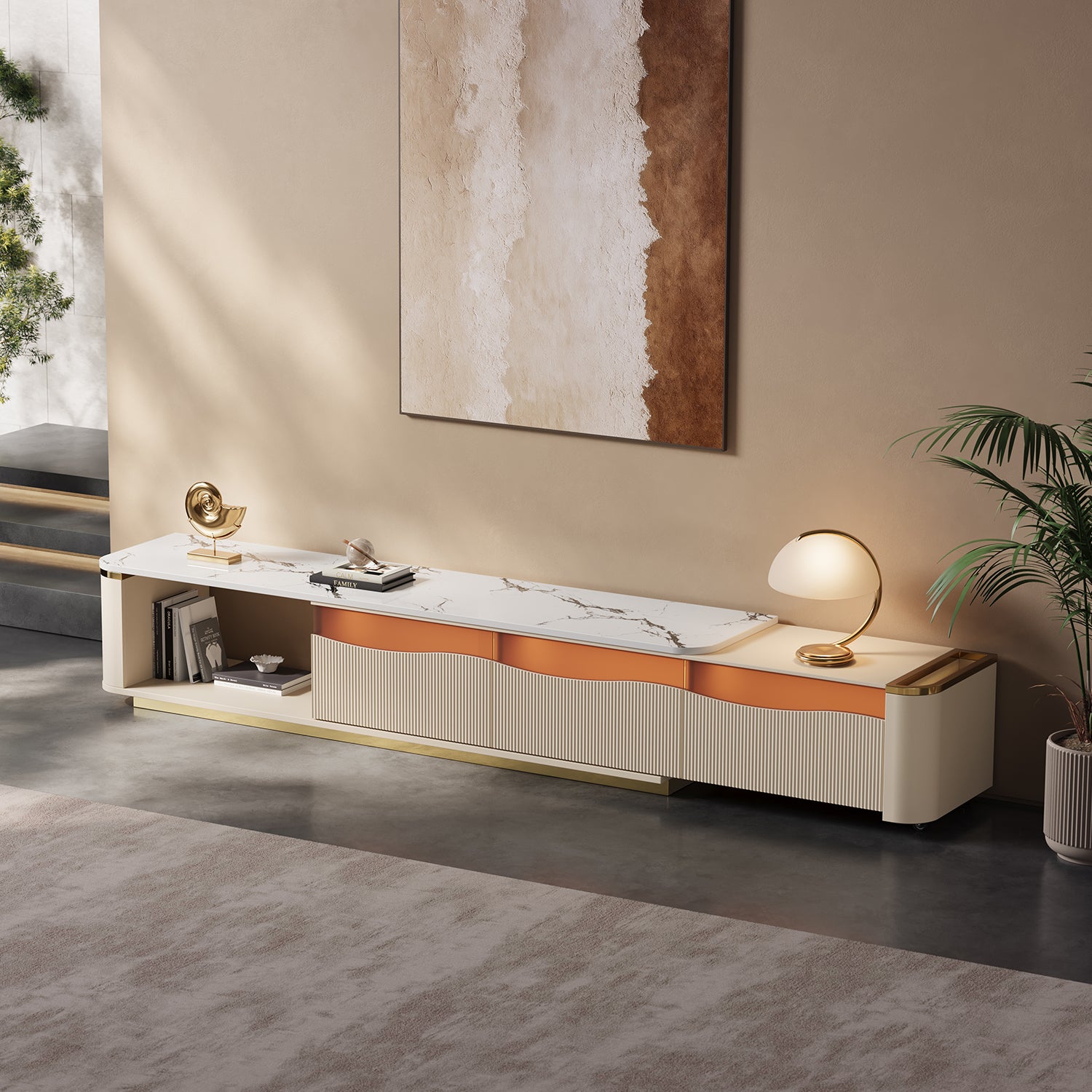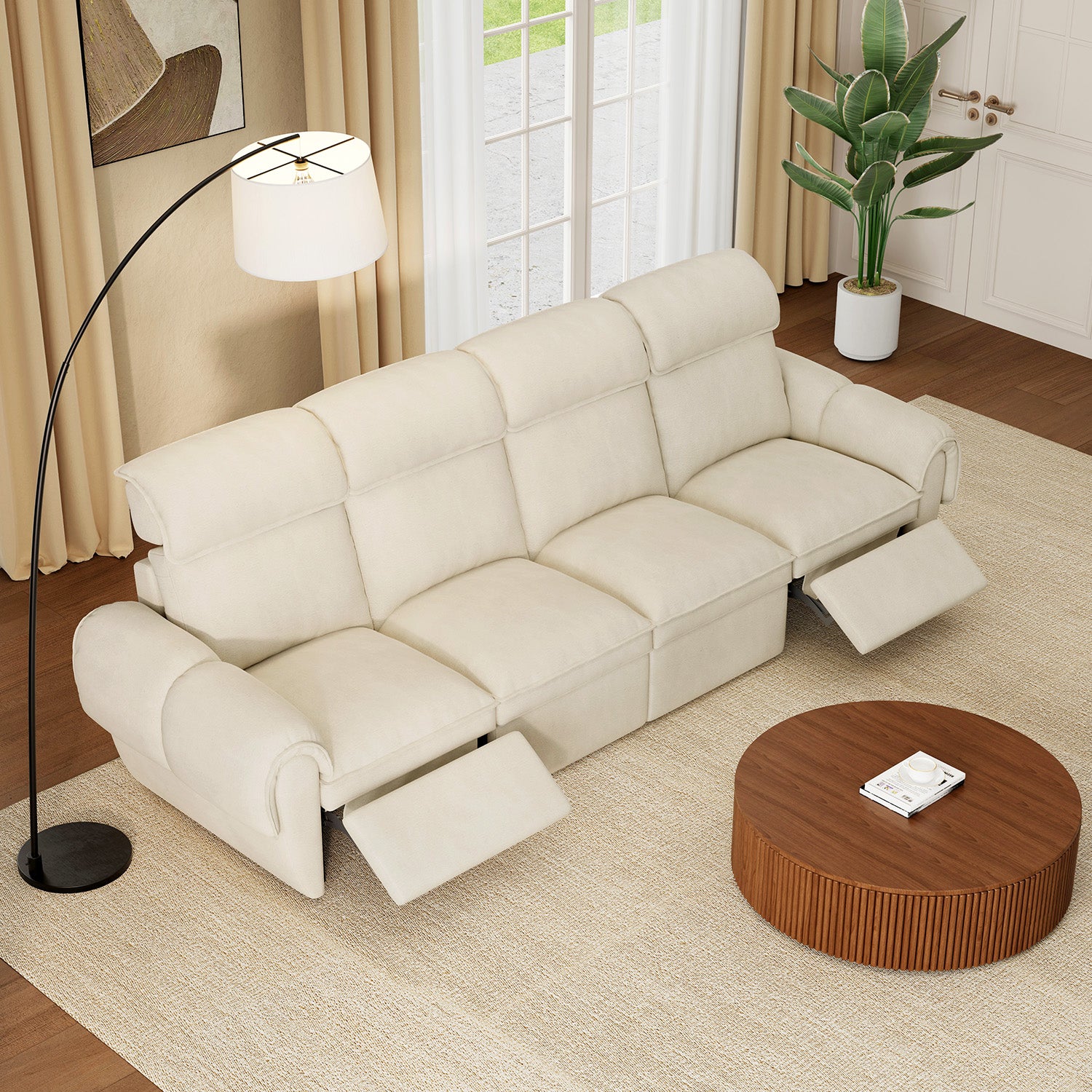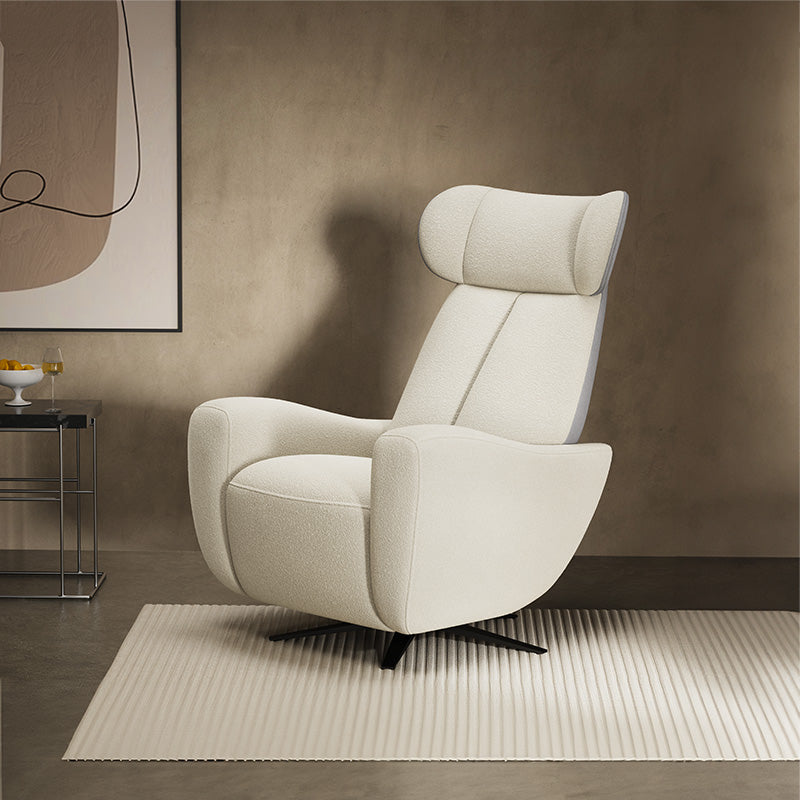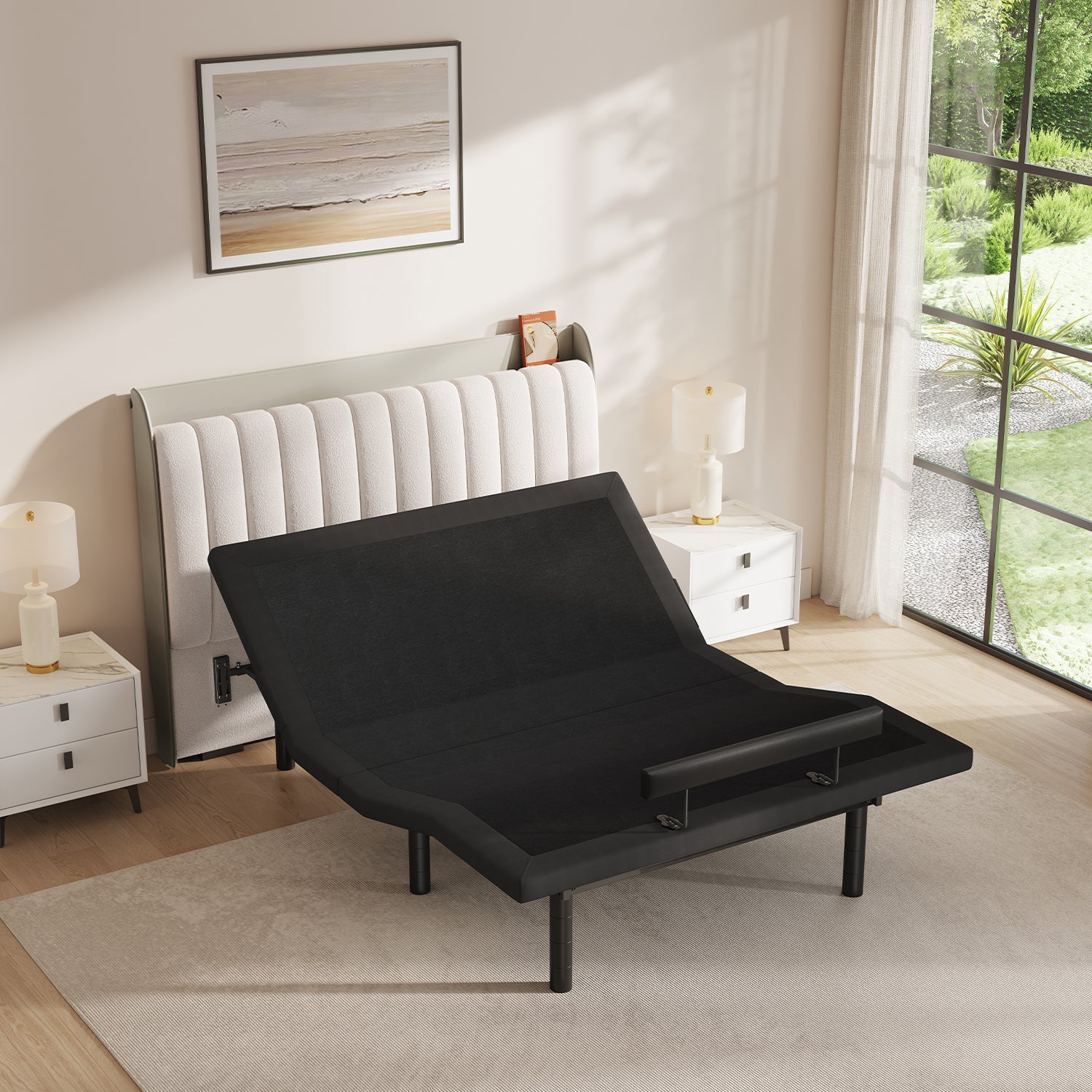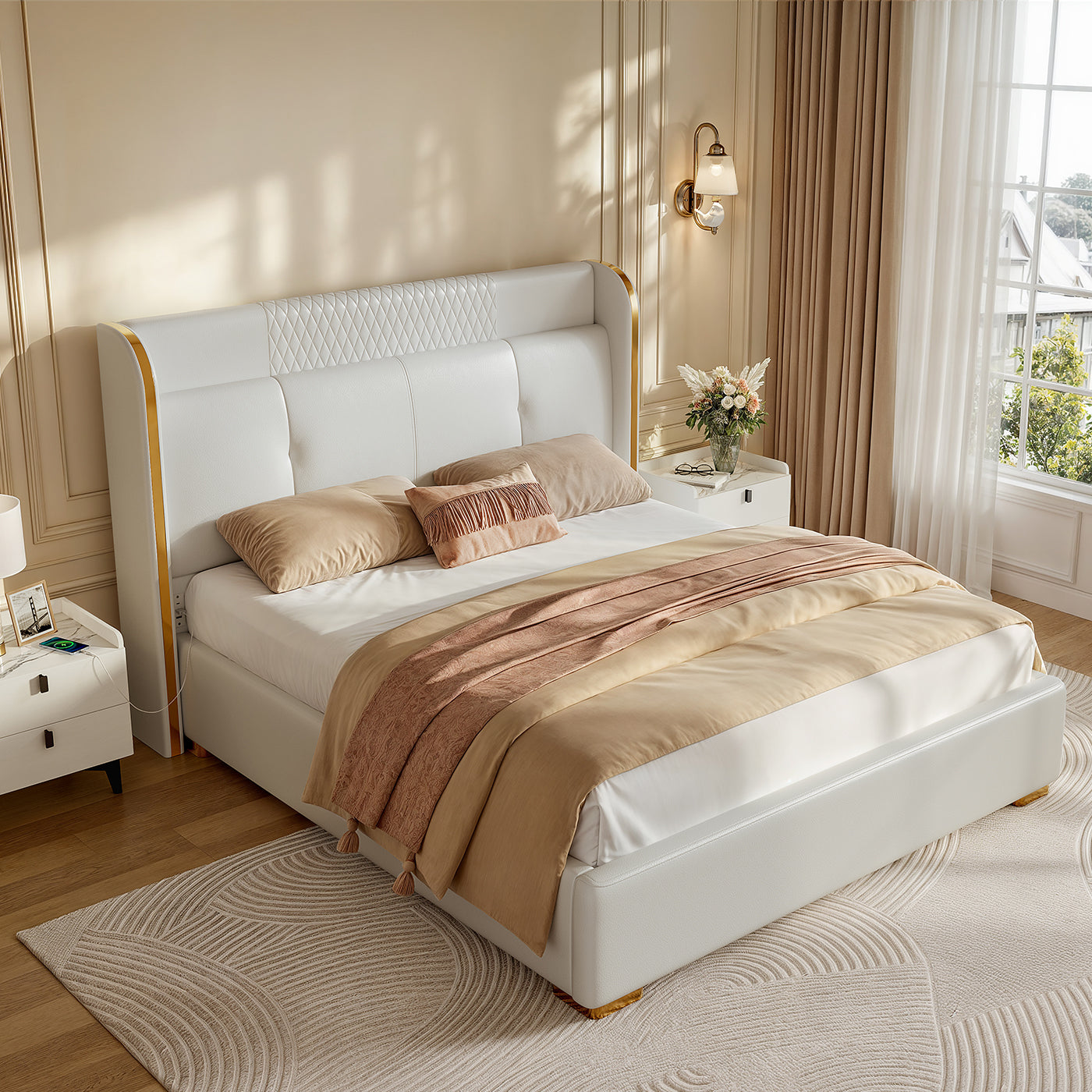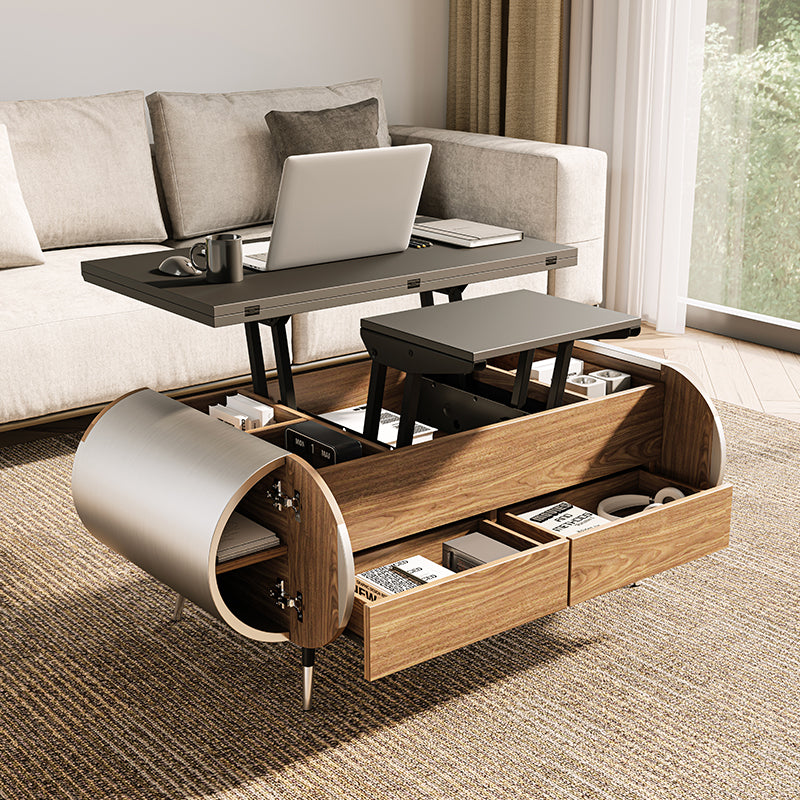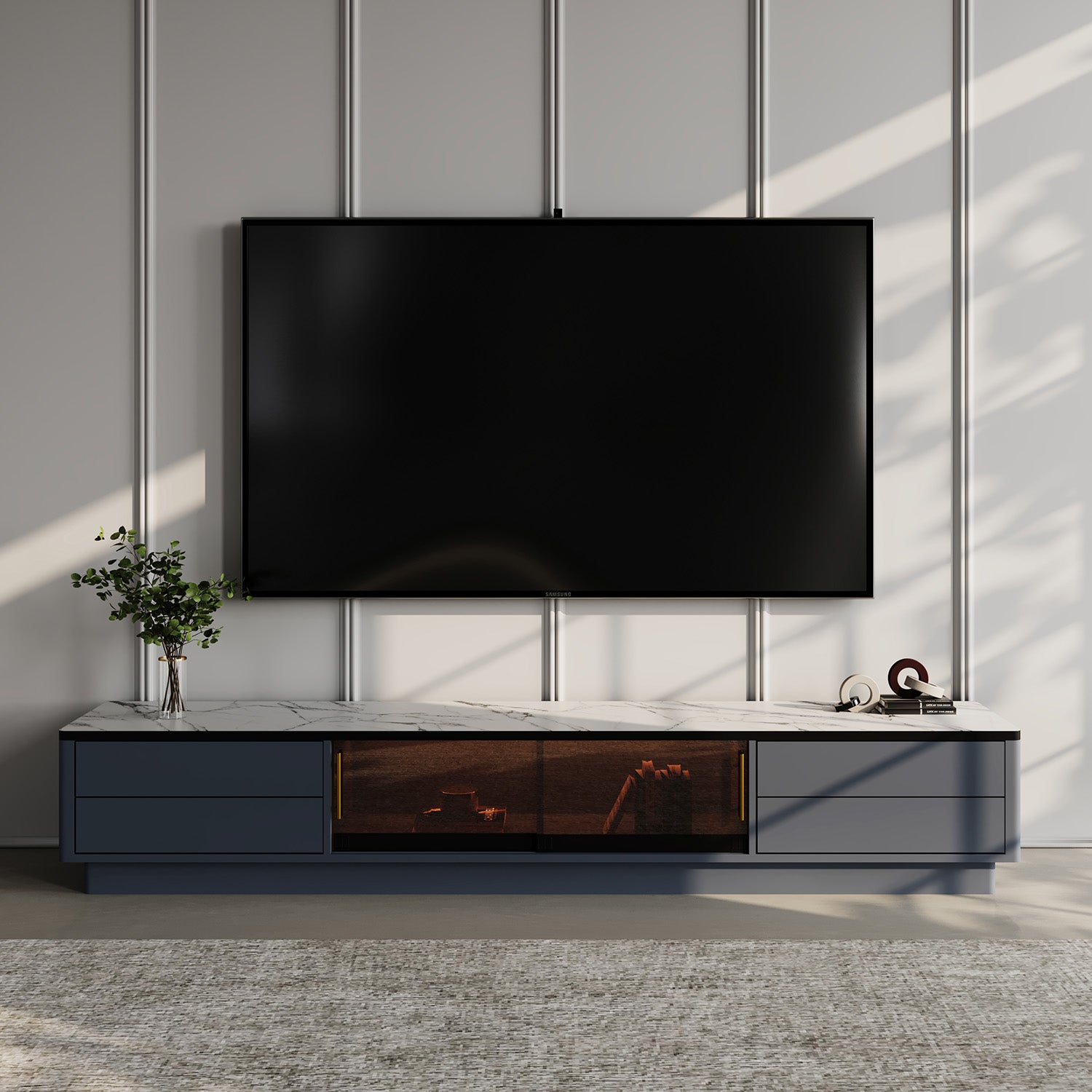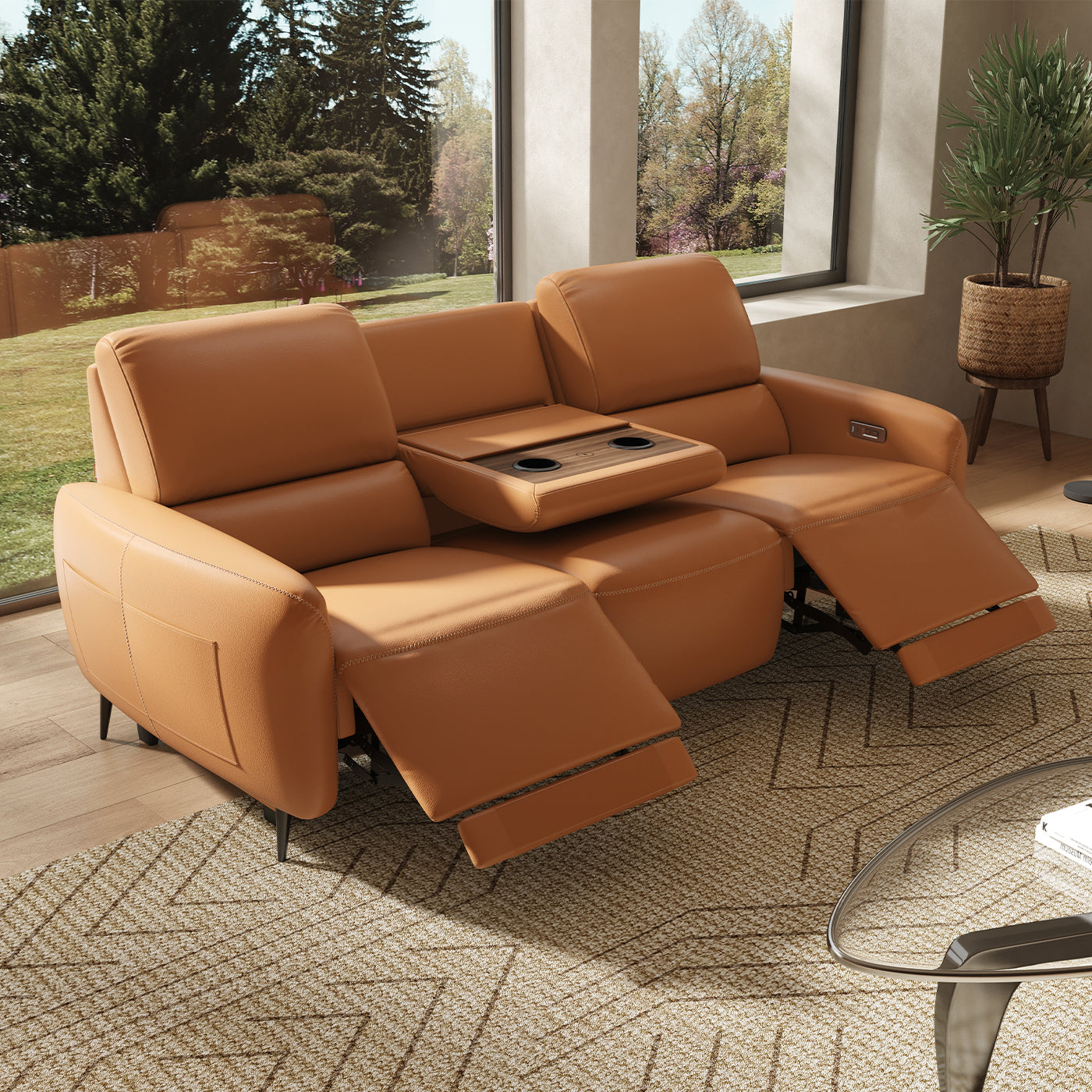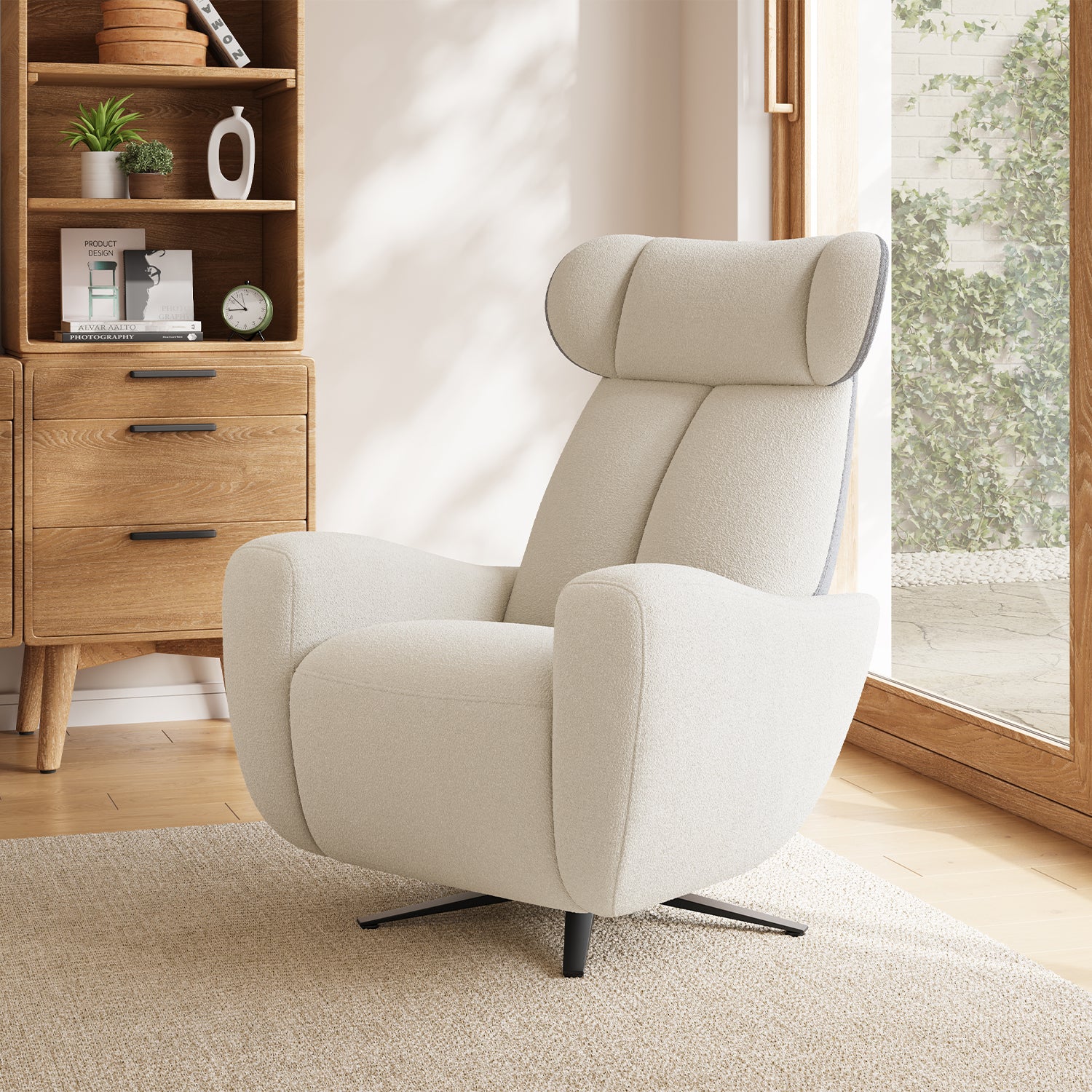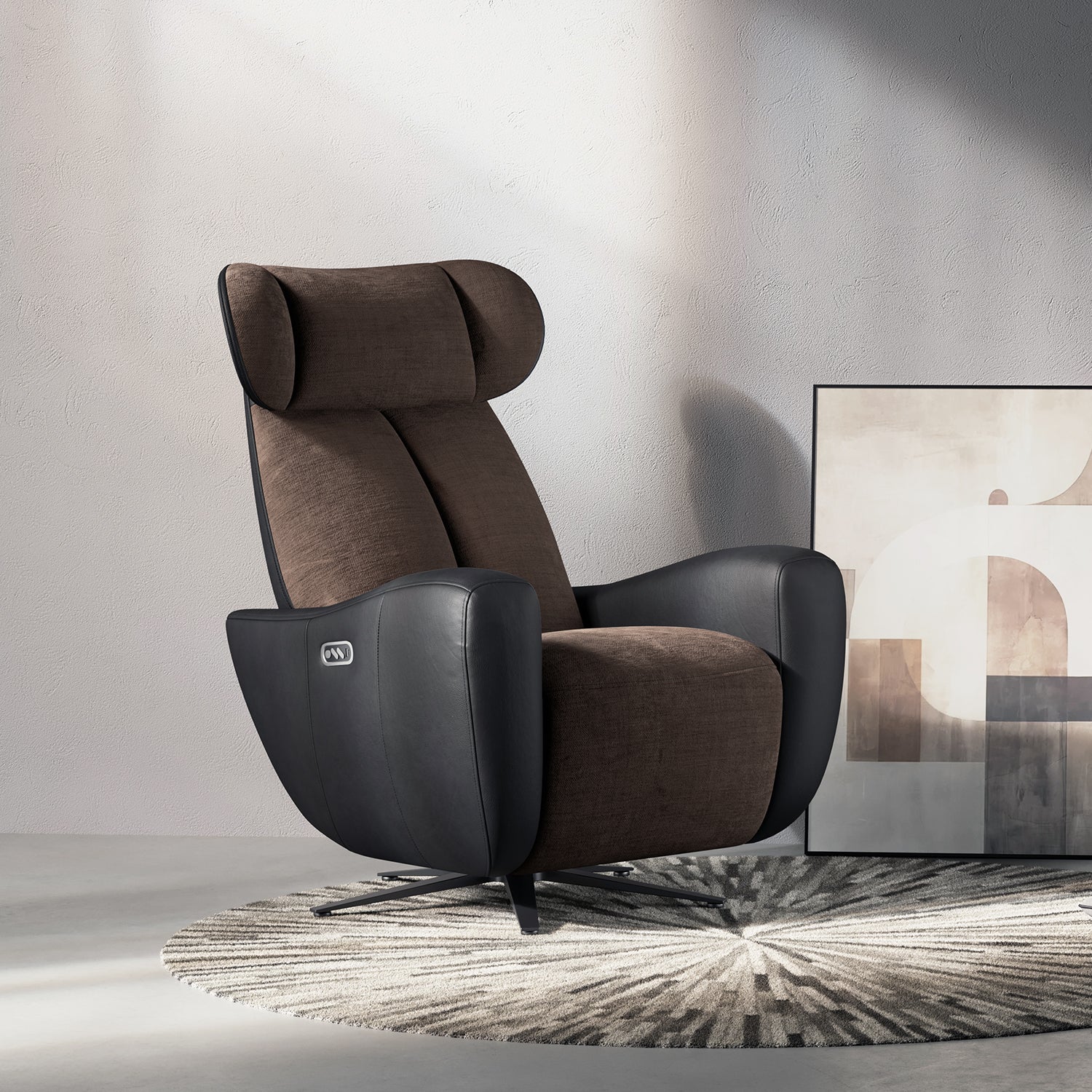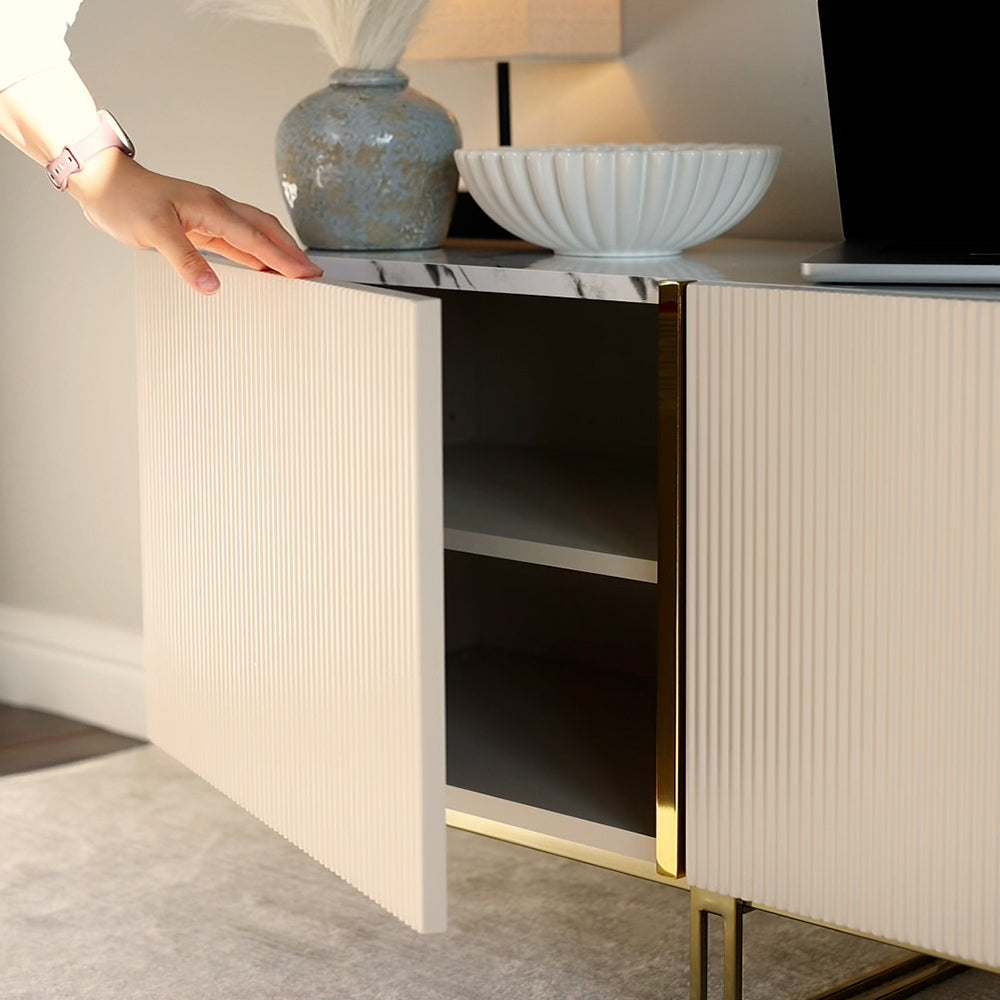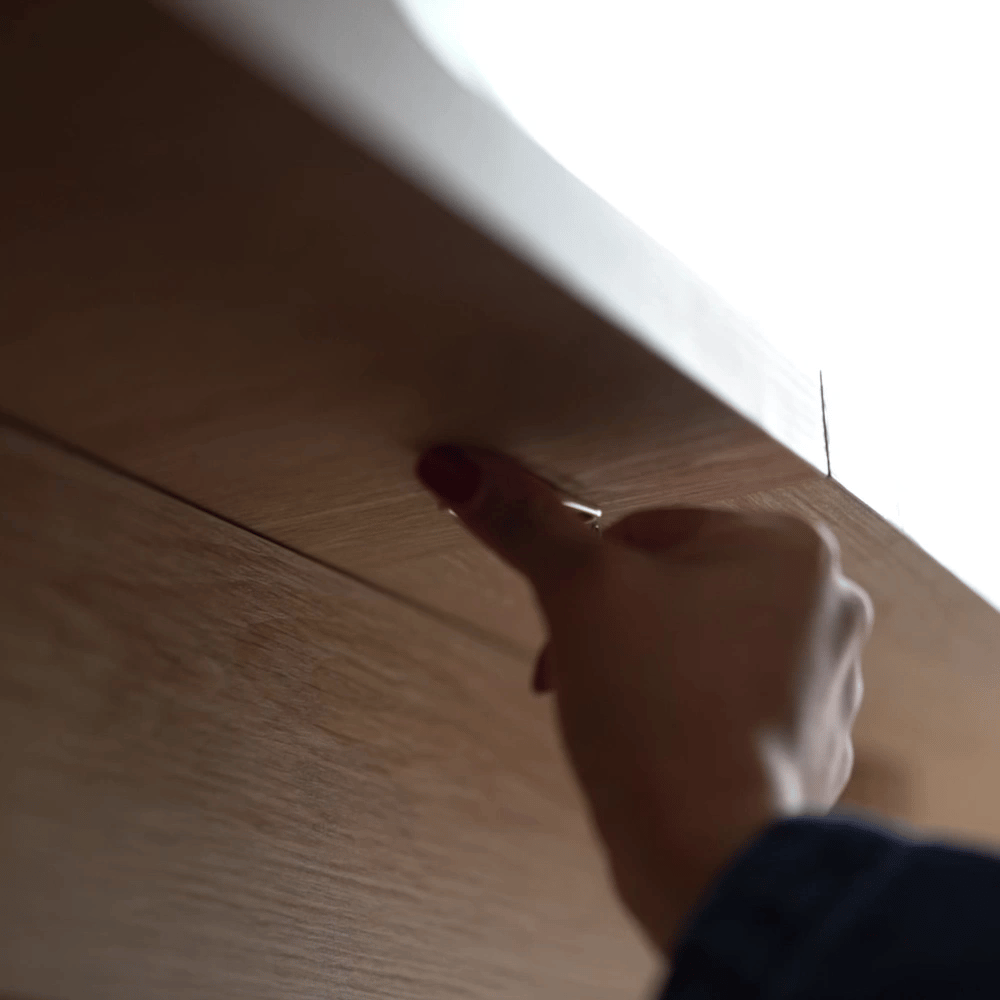Feather sofa cushions are renowned for their comfort and luxurious feel. They offer a unique softness and conformability that can make a sofa feel incredibly inviting. However, many homeowners wonder about the longevity of these cushions. How long can you expect feather cushions to last, and what factors influence their lifespan? This article delves into the durability of feather sofa cushions, care tips to prolong their life, and when it might be time for a replaceme
Table of Content
1. What you should know about Feather Sofa Cushions
Feather cushions are typically filled with a combination of down and feathers, which provide a plush and cozy seating experience. Down, the soft undercoating found beneath the feathers, is lightweight and insulating, while the feathers offer support and structure. This combination creates a luxurious feel, making feather cushions highly desirable for many.
However, the lifespan of feather cushions can vary significantly based on several factors, including usage, quality of materials, and care.
2. Expected Lifespan of Feather Sofa Cushions
On average, feather sofa cushions can last anywhere from 3 to 10 years. However, this range can be influenced by the following factors:
Quality of Materials:
Higher-quality feather cushions, often made with a greater percentage of down and more durable casing fabrics, tend to last longer. Investing in well-constructed cushions can enhance their longevity.
Conversely, lower-quality cushions might use cheaper materials, leading to quicker wear and tear.
Frequency of Use:
The more frequently a sofa is used, the shorter the lifespan of the cushions. A sofa in a busy family room may experience more compression and wear compared to one in a guest room that sees occasional use.
Sofas used for regular lounging, watching TV, or entertaining guests will inevitably show signs of wear faster than those that are less frequently used.
Weight Distribution:
Heavier individuals or frequent gatherings can compress feather cushions more quickly. This compression can lead to flattening, loss of loft, and reduced comfort over time.
Type of Sofa:
The design of the sofa itself can also impact cushion longevity. Sofas with removable and replaceable cushions might allow for easier maintenance and replacement than those with fixed cushions.

3. Signs of Wear and Tear
As feather cushions age, several signs indicate it might be time for replacement:
Loss of Shape and Support:
If cushions no longer bounce back after sitting or feel flat and lifeless, it’s a clear sign they may need replacing.
Lumps and Clumping:
Over time, feathers can shift within the cushions, leading to uneven surfaces and lumps. This can cause discomfort and an unsightly appearance.
Odor:
If the cushions begin to emit unpleasant odors, it could indicate moisture retention or accumulation of dust mites. While some cleaning can alleviate this, persistent odors may necessitate replacement.
Visible Wear:
Look for signs of wear in the fabric cover, such as fraying or tears. If the exterior shows significant damage, it may be time to replace the cushions or even the sofa.
4. Caring for Feather Sofa Cushions
Regular Fluffing:
To keep feather cushions from flattening, fluff them regularly. This helps redistribute the feathers and maintain their shape.
Vacuuming:
Use a handheld vacuum with an upholstery attachment to remove dust, dirt, and allergens. Regular vacuuming prevents buildup and keeps the cushions clean.
Avoiding Moisture:
Feather cushions can be sensitive to moisture, which can lead to mold and odors. Keep them away from damp areas, and use protective covers if necessary.
Spot Cleaning:
For spills, promptly blot (do not rub) the area with a clean, dry cloth. Use a mild upholstery cleaner for stains, following the manufacturer’s instructions.
Professional Cleaning:
Consider professional cleaning every few years to rejuvenate the cushions. Professionals can deep clean without risking damage to the feathers or fabric.
Using Cushion Covers:
Invest in removable cushion covers that can be washed. This protects the cushions from spills and dirt while making maintenance easier.
5. When to Replace Feather Sofa Cushions
Eventually, even with the best care, feather cushions will need to be replaced. Here’s how to know when it’s time:
Persistent Discomfort:
If the cushions no longer provide comfort or support, it’s a sign they may need replacing.
Visible Damage:
Any visible signs of wear, such as fabric tears or significant lumps, warrant consideration of new cushions.
Cost of Replacement vs. Repair:
If the cost of professional cleaning or repairs approaches the price of new cushions, it may be more economical to replace them.

6. Alternative Cushion Options
If you find that feather cushions don’t suit your needs for longevity, consider alternatives:
Polyester Fiberfill:
This option offers similar softness with improved durability and resistance to clumping.
Foam Cushions:
High-density foam provides excellent support and maintains its shape longer, though it may not have the same plush feel as feathers.
Hybrid Cushions:
Some sofas combine feather with foam or synthetic materials, offering the best of both worlds.
7. Conclusion
Feather sofa cushions offer unparalleled comfort and luxury, but their lifespan can vary based on several factors, including quality, usage, and care. By understanding the signs of wear and implementing proper maintenance techniques, you can extend their life significantly. However, eventually, all cushions will need replacement, and knowing when to make that change is essential for maintaining comfort and style in your living space. Whether you choose to stick with feather cushions or explore alternatives, ensuring your sofa remains inviting and functional is key to a comfortable home.
If you want to buy our home furniture or couch for living room, you can check out more on our store


